
Delhi’s Top 10 Must-Visit Places
Delhi, the vibrant capital of India, is a captivating city that seamlessly blends ancient history with modern dynamism. With its rich cultural heritage, stunning architecture, and bustling markets, Delhi offers a unique and unforgettable experience for every visitor. In this comprehensive guide, we’ll delve into the top 10 must-visit places in Delhi, providing you with…
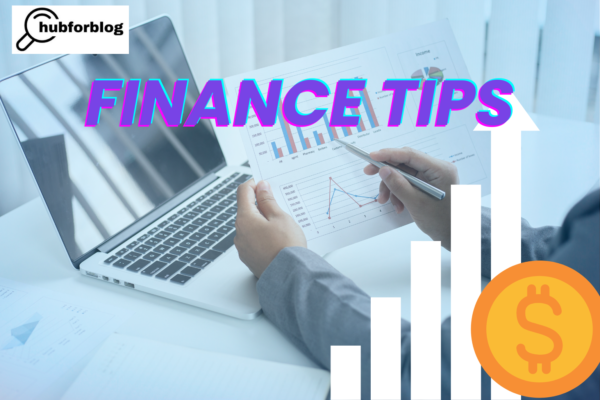
Top Finance Tips to Manage Money Like a Pro
Money is not all about numbers in your bank account — it’s a means that brings you freedom, stability, and peace of mind. The problem is that most people never acquire the skills of money management. So, they live paycheck to paycheck, battle debt, or feel unprepared for the future. The good news? Anyone can…

Smart Personal Finance Tips Every Beginner Must Know
Personal finance is overwhelming when you are beginning. If you are a student, young professional, or just someone who wants to create a solid financial foundation, learning the proper personal finance tips early in life can be the difference between being financially fit and struggling. Healthy money habits could enable you to save more, remain…

Checking Out Thesparkshop: Your Go-To for Everyday Clothes
You know how sometimes finding clothes that are comfy, affordable, and actually look good can be a pain? Well, that’s where thesparkshop comes in. More and more folks are noticing this place because it’s got a little bit of everything — casual stuff, trendy pieces, and even seasonal wear. So, I thought I’d give you…
Tried thespark shop boy & girl clothes online — Here’s What Happened
Okay, so let’s talk real for a minute. I’ve bought baby clothes from all over — big brands, street markets, random Instagram stores — and most of the time, it’s a gamble. Some are cute but itchy. Others are soft but overpriced. But last week, I randomly stumbled across this place called thespark shop boy…

Checking Out Thesparkshop: Your Go-To for Everyday Clothes
You know how sometimes finding clothes that are comfy, affordable, and actually look good can be a pain? Well, that’s where thesparkshop comes in. More and more folks are noticing this place because it’s got a little bit of everything — casual stuff, trendy pieces, and even seasonal wear. So, I thought I’d give you…

Why I’m Really Loving Clothes from TheSpark Shop for My Kids
So, I’ve been on the hunt for good kids’ clothes online that don’t cost a fortune but still look cute and feel comfy. After trying a bunch of sites, I stumbled upon TheSpark Shop kids clothes, and honestly? It’s been a game changer for me. What I Like About TheSpark Shop First off, the prices…

Thespark Shop Boy & Girl Clothes Online
I’ll be honest—shopping for my kids used to be a mess. Either Thespark Shop Boy & Girl Clothes Online, I found stuff that was super cute but made of scratchy fabric… or things that were soft and cozy but looked like hand-me-downs from the 90s. And don’t even get me started on the prices. I…

Time Management Tips That Actually Work
Are you always racing against the clock? Do you finish each day wondering where all your time went? You’re not alone. Many of us struggle with managing our time effectively. The good news is that with some practical time management tips, you can take control of your schedule and boost your productivity. Why Time Management…

How to Build Self-Confidence and Win
Self-confidence is the foundation of personal success. When you believe in yourself, you’re more likely to take risks, pursue opportunities, and overcome challenges. But building lasting self-confidence isn’t always easy. Many people struggle with self-doubt and fear that holds them back from reaching their full potential. This guide will show you practical ways to build…

Best Ways to Earn Extra Income in 2025
In today’s economy, many people are looking for ways to boost their finances. Finding sources of extra income can help you pay off debt, save for a vacation, or simply make life more comfortable. The good news is that there are more opportunities than ever to earn extra income without needing special skills or huge…









